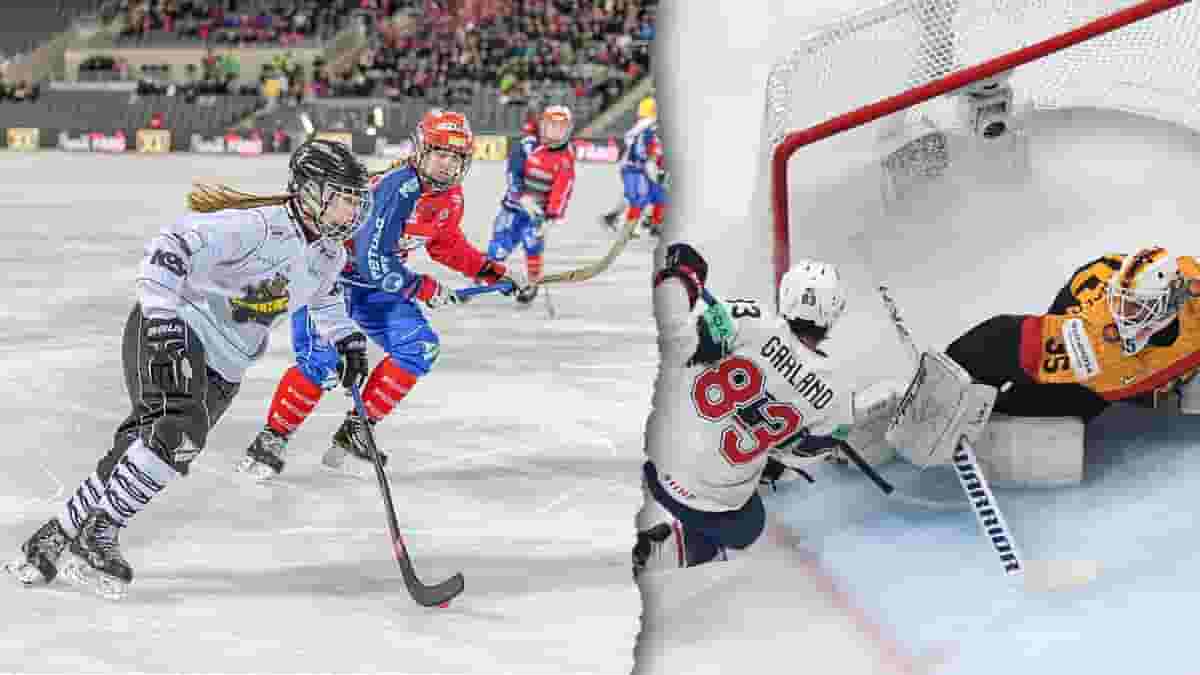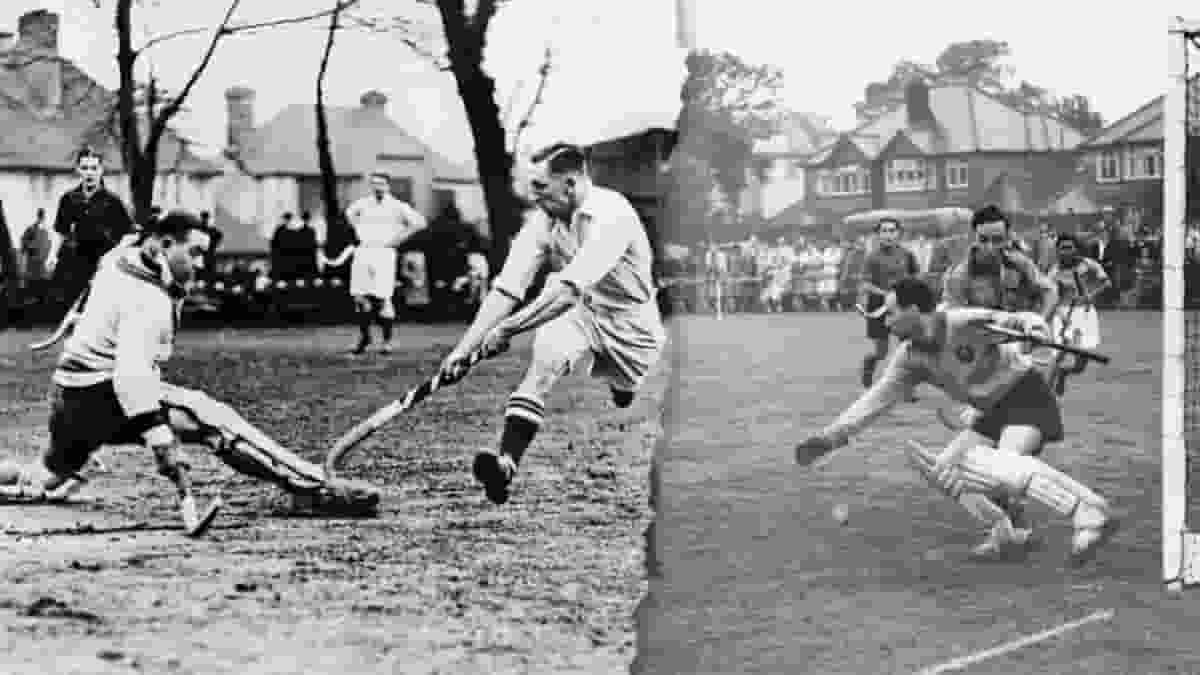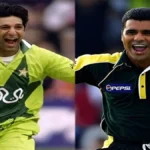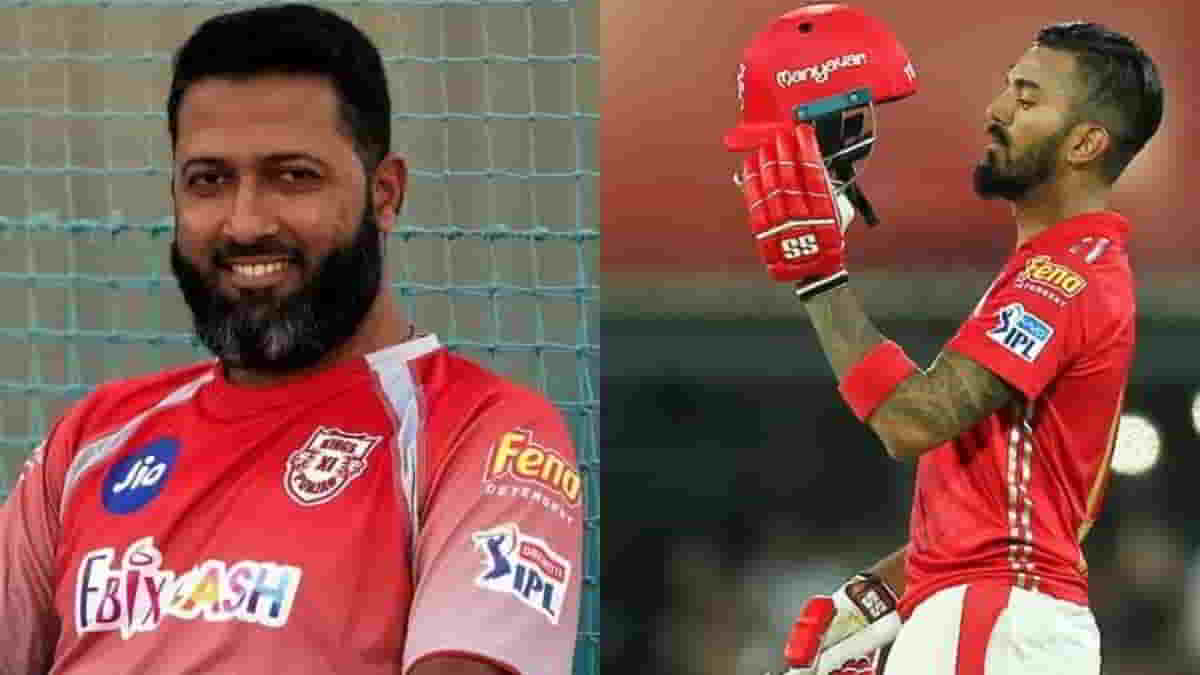Hockey is a universal game played in different parts of the world. Hockey is mainly played in two ways which are field hockey and ice hockey. In this modern time, these both are played as competition among players at the international level.
History
The history of hockey was a long time ago, people in places like Egypt, Greece, and Rome played different versions of the game which is now known as field hockey. Even during the Middle Ages, countries like England, France, and Scotland had their different ways of playing. The kind of hockey noticed on the ice today started in Canada in the 1800s. They had their first indoor game in Montreal in 1875, and it became super popular fast. In 1877, they made some official rules called the Montreal Rules. Hockey got even bigger and traveled all around the world. It became part of the Winter Olympics in 1920, and a league called the NHL shows off the best players from everywhere. As time went on, hockey got fancier with technology making it more fun for fans. From ancient times to now, hockey has become a really exciting sport that people love watching.
Types
There are several main types of hockey, each with its own distinct rules and characteristics, but the main are only two which are Ice hockey and field hockey.
1. Field Hockey:

Field hockey is a really fast and exciting game played on either grass or a fake grass surface. There are two teams, each with 11 players. The goal is to score points by hitting a small, hard ball into the other team’s goal using a flat stick. The players have different jobs, like forwards, middle fielder, defender, and goalkeeper. They use their sticks to control, pass, and shoot the ball. A standard game has two halves, each lasting about 35 minutes with a break in the middle. Many people enjoy field hockey because it combines skill, teamwork, and smart thinking. When there are rule violations, the other team gets free chances or penalty shots.
Also Read: The most titled hockey players of the last decade
2. Ice Hockey:

Ice hockey is a team sport played on a big ice rink. Each team has six players, including one goalkeeper, who wears special skates and uses hockey sticks to hit a rubber puck into the opponent’s goal. The aim is to score as many goals as possible. The game is known for being fast and full of cool moves and strategies. Some important parts of ice hockey are faceoffs, where the referee drops the puck to start play, and penalties, which make players take a break in the penalty box. Icing, offside, and checking are also important and make the game dynamic and interesting. Sometimes, a team gets a power play, meaning they have more players on the ice because the other team has a penalty. Goalkeepers wear special gear to stay safe from the fast puck. The game usually has three periods with breaks in between. If the game is tied, there might be overtime or a shootout to decide the winner. Ice hockey is loved all around the world, especially in big leagues like the National Hockey League (NHL) and in events like the Winter Olympics.
3. Street or Road Hockey: Typically played on footpaths or other hard surfaces, street hockey is a variation of traditional hockey. It often involves less formal rules and can be played with a ball or a puck.
4. Roller Hockey: Played on roller skates or inline skates and roller hockey shares similarities with ice hockey but is played on a variety of surfaces, including indoor rinks and outdoor courts. It can be played by a ball or a puck.
5. Inline Hockey: It is similar to roller hockey, inline hockey is played on inline skates.
6. Floorball: Floorball is a type of indoor hockey played with a lightweight plastic ball and sticks. It is often played in a gym and is known for its fast-paced and skillful gameplay.
Also Read: Indian Women’s Hockey Team Prepares for Olympic Qualifiers
Field Hockey Rules
1. Teams: Each team has 11 players including a goalkeeper. Substitutes are allowed and can enter the field during stoppages.
2. Starting Play: The game begins with a center pass, and the teams are positioned on their respective halves.
3. Scoring: A goal is scored when the entire ball crosses the goal line between the goalposts and beneath the crossbar.
4. Duration: A standard field hockey match consists of two halves, typically 35 minutes each at the international level, with a halftime break.
5. Positions: Players have fixed positions, including forwards, midfielders, defenders, and a goalkeeper. Each position has specific roles and responsibilities.
6. Stick Use: Players use the flat side of the stick to hit the ball. The ball should not be raised intentionally, especially in a dangerous manner.
7. Penalties: Fouls result in free hits, penalty corners, or penalty strokes, depending on the severity and location. Players may receive green, yellow, or red cards for misconduct.
6. Free Hits: Awarded for various violations, a free hit allows the team to restart play from the spot of the offense.
7. Penalty Corners: Occur when a defensive foul is committed within the shooting circle. The attacking team takes a shot from the 10-yard mark with defenders and the goalkeeper present.
8. Penalty Strokes: Awarded for serious fouls within the shooting circle, the attacker takes a one-on-one shot against the goalkeeper from the penalty spot.
9. Offsides: There is no offside rule in field hockey.
Also Read: The Top Five Biggest Hockey Stadiums In The World
Here are some of the rules of ice hockey:
1. Teams: Each team consists of six players on the ice at a time which includes one goaltender.
2. Starting Play: The game begins with a faceoff at center ice, where the referee drops the puck, and players from each team try to gain possession.
3. Scoring: Goals are scored by shooting the puck into the opponent’s goal. The entire puck must cross the goal line for it to count.
4. Icing: Icing occurs when a player shoots the puck from their side of the red center line across the opponent’s goal line. Play is then stopped, and a faceoff takes place in the defensive zone of the team that iced the puck.
5. Offsides: Players must not enter the offensive zone ahead of the puck. If a player is offside, the play is stopped, and a faceoff takes place outside the offensive zone.
6. Penalties: Penalties result from various infractions such as tripping, slashing, or interference. Penalized players serve time in the penalty box, and their team plays short-handed.
7. Power Play: When one team has more players on the ice due to an opponent’s penalty, it is called a power play. The penalized team is short-handed during this time.
8. Penalty Shot: Awarded for certain fouls when a player has a clear scoring opportunity, a penalty shot allows a player to skate in alone against the goaltender.
9. Faceoffs: Used to restart play after stoppages, faceoffs occur at various locations on the ice and involve two players from opposing teams.
10. Overtime and Shootout: In some leagues, tied games go into overtime, and if there is no winner, a shootout may occur, where players take turns trying to score against the opposing goaltender.
11. Checking: Body checking is allowed, but there are rules regarding hits from behind or hits to the head, which can result in penalties.
Equipments:

The equipment of field hockey is a stick, ball, shin guards, mouthguards, astro turf shoes, gloves, jersey and shorts/skirts, goalkeeper gear, and goal.
The equipment of Ice hockey is a helmet, shoulder pads, elbow pads, gloves, jersey, cup/ pelvic protector, hockey pants/ shorts, shin guards, skates, stick, mouthguard, and neck guard.























